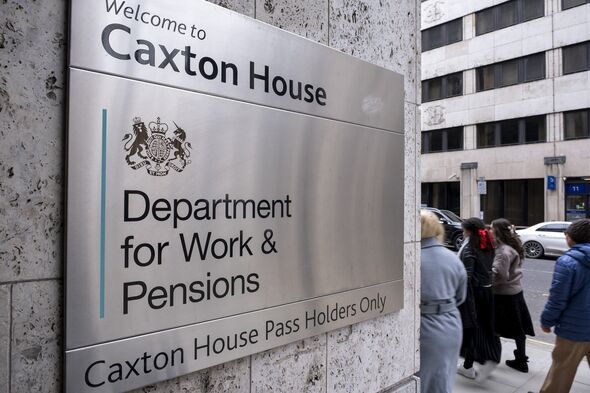

The new state pension is set to rise by more than £500 a year in April 2026 thanks to a triple lock boost. Pensioners are expected to receive £12,547.60 a year, up from £11,973, based on earnings growth figures released on Wednesday.
This means pensioners can expect to receive roughly £10 more every week, at around £241.30, marking a £574.60 annual increase in the rate. The 4.8% increase is based on the triple lock, which guarantees pension payments will rise by inflation, earnings growth, or 2.5%-whichever is highest. Consumer price inflation figures published today, November 22, showed inflation remained at 3.8% in September, meaning the state pension is expected to rise by the July earnings growth figure of 4.8% under the triple lock.
The 'basic' or 'old' state pension is expected to increase from £176.45 per week to £184.90, which equates to around £9,615 per year.
Rachel Vahey, head of public policy at AJ Bell, warned: "While pensioners will be in a mood to celebrate, this sizeable uplift to the state pension is likely to engorge projections of future government spending and presents a dilemma for the Treasury."
The finance expert said it could put the Government under increasing pressure to reconsider the long-term sustainability to uphold triple lock, despite its commitments.
They may also come under pressure to unfreeze the tax-free personal allowance, because if the new pension increases by a minimum of 2.5% in April 2027, it would be pushed over the bracket of £12,570.
She warned: "Removing the freeze on the personal allowance would come at significant cost to the Treasury at a time when the chancellor's fiscal headroom is already strained at best, while an overhaul of the triple lock would come with huge political risk before the next general election.
"Needless to say, it's a headache Starmer and Reeves could do without ahead of a crucial Budget in November with economic and political pressure building both within the Labour Party and outside of it."
Helen Morrissey, head of retirement analysis at Hargreaves Lansdown, also warned this could impact the state pension age.
She said: "Recent data shows the number of people living until their nineties - and even longer - has soared and the government needs to consider how to balance the costs of state pension with the burgeoning pensioner population.
"We won't hear back from the review for some time, but we could see further increases to state pension age put on the table."
She added: "The government had pledged to keep it in place for the remainder of this Parliament but longer term we could see changes on the horizon."
State pension rates explainedThe 'new' state pension is available to:
To receive any rate of state pension, people must have at least 10 qualifying years on their National Insurance record. The number of qualifying years on this record is used to determine how much state pension a person will receive, but usually, to get the full rate, a person should have at least 30 years.
The full basic state pension is available to:
Pensioners who qualify for the basic state pension can also qualify for an "additional" state pension, also known as the State Earnings-Related Pension Scheme (SERPS), which may provide them with some extra financial support.